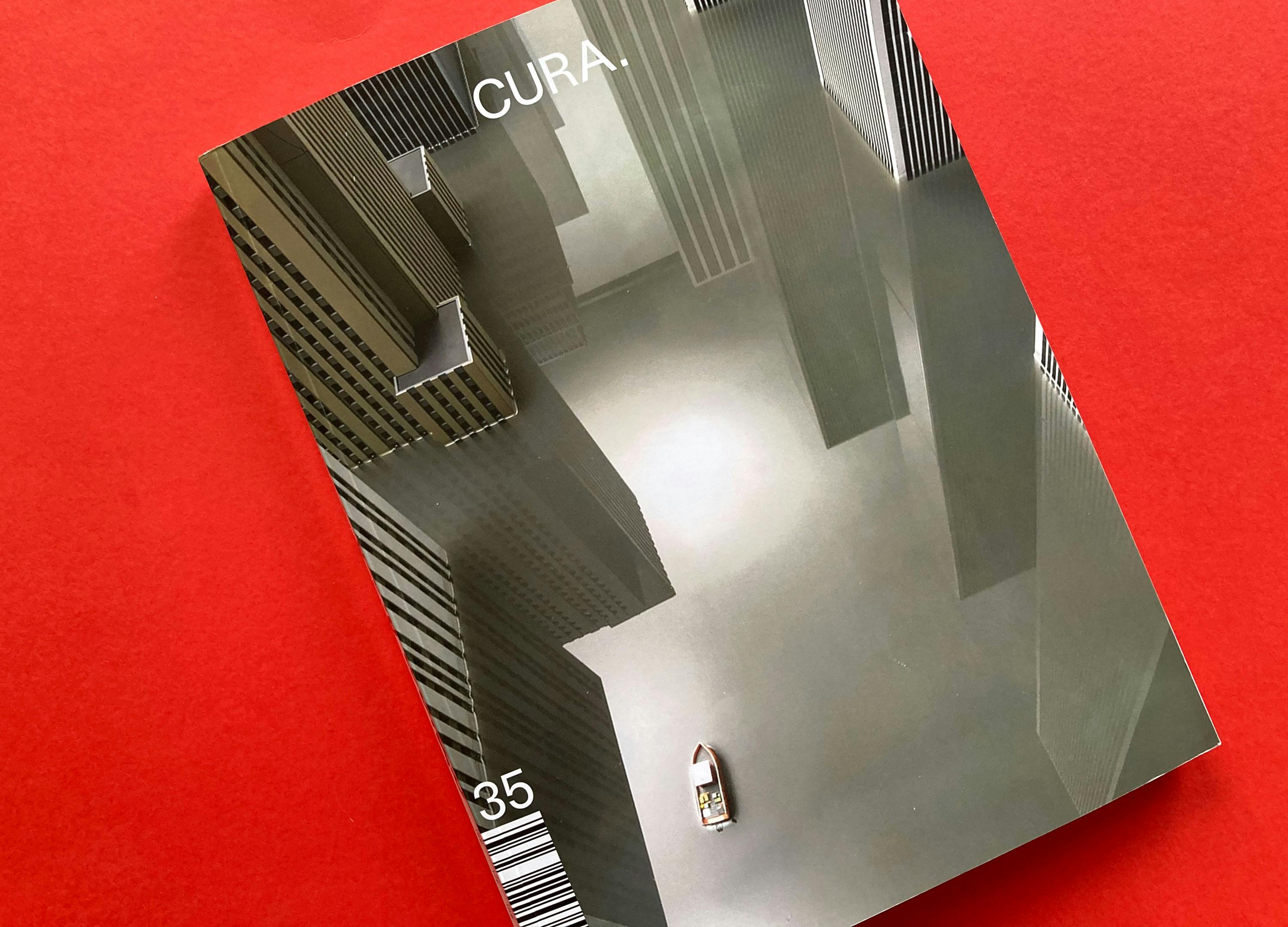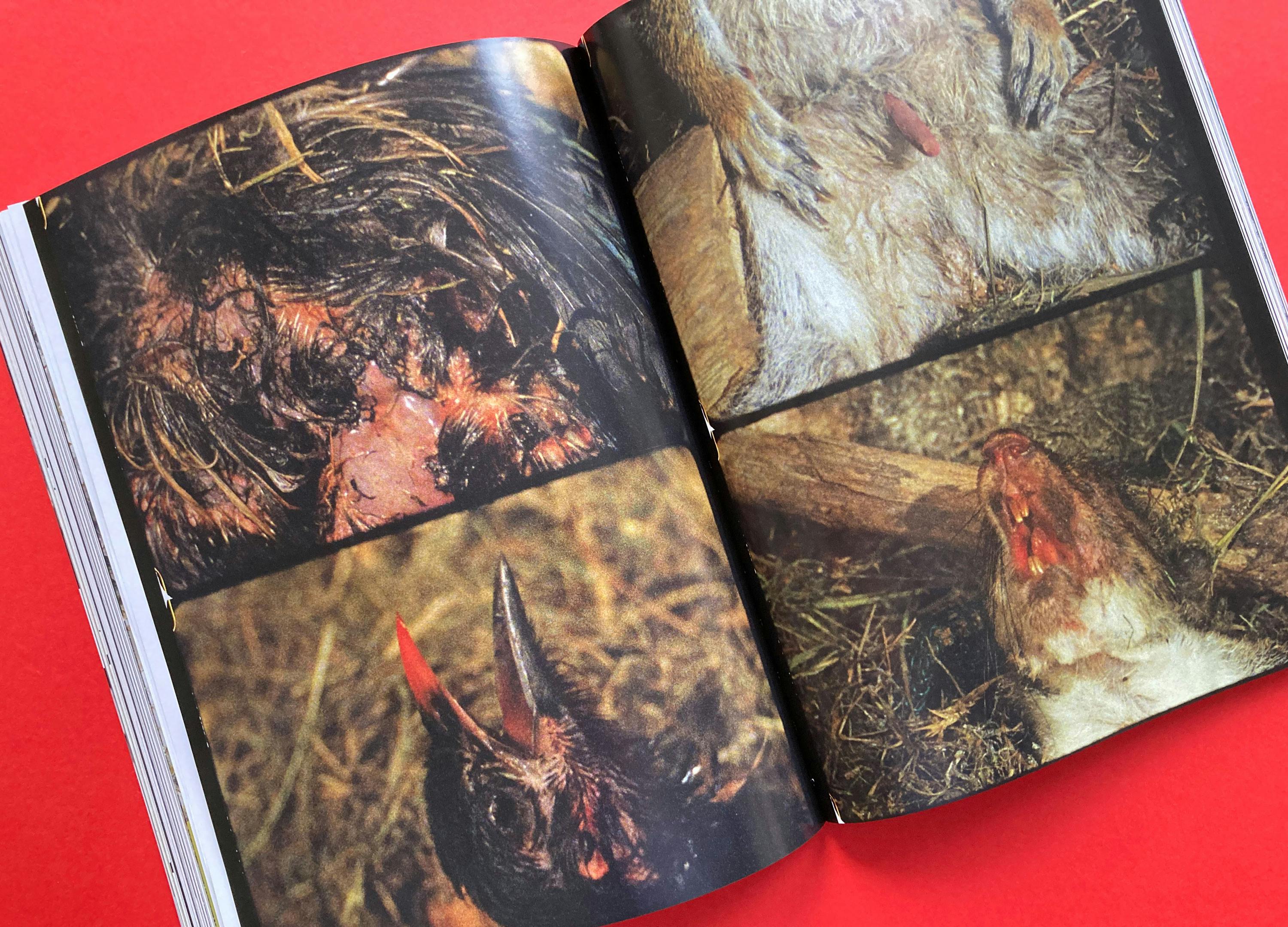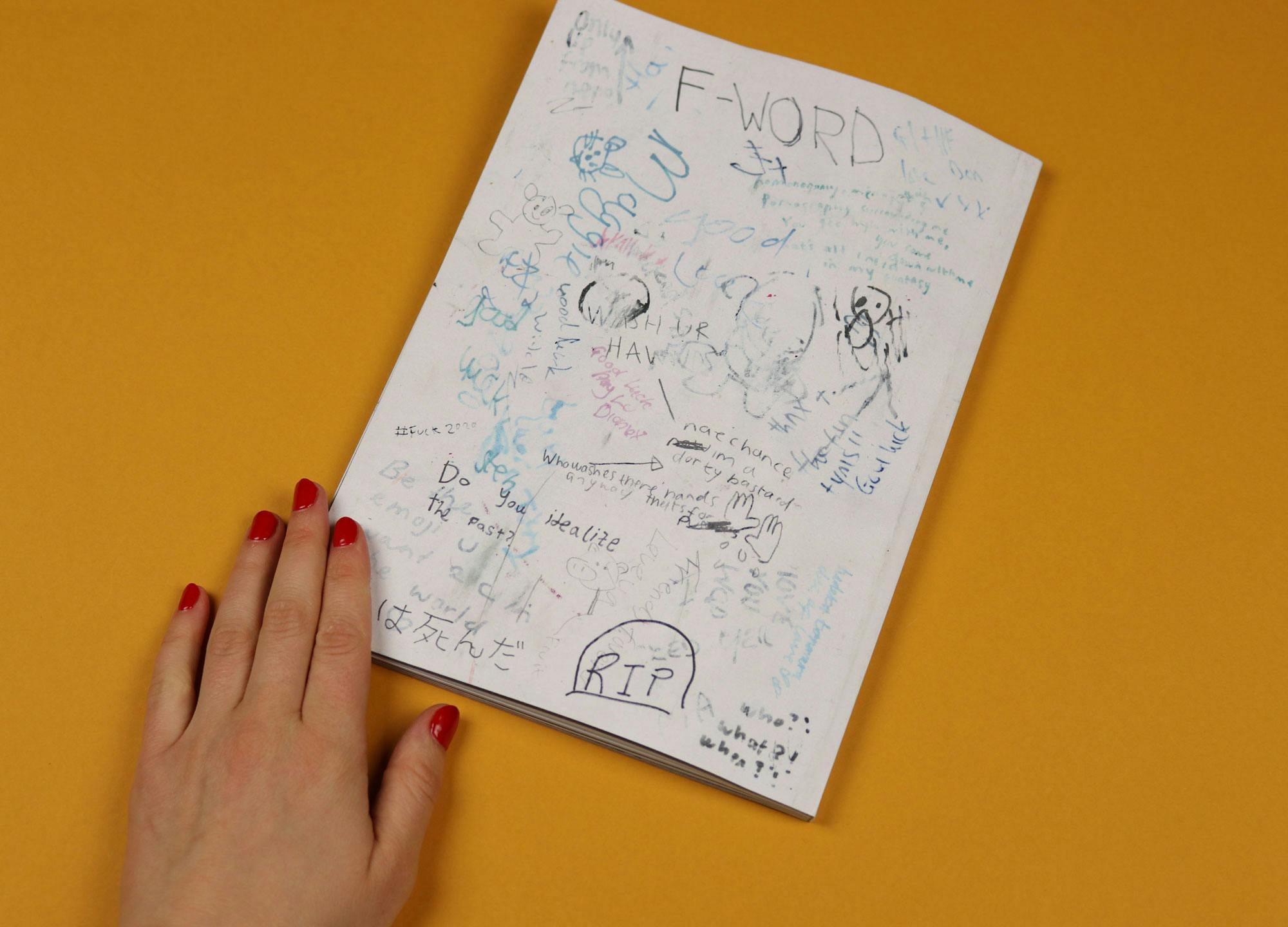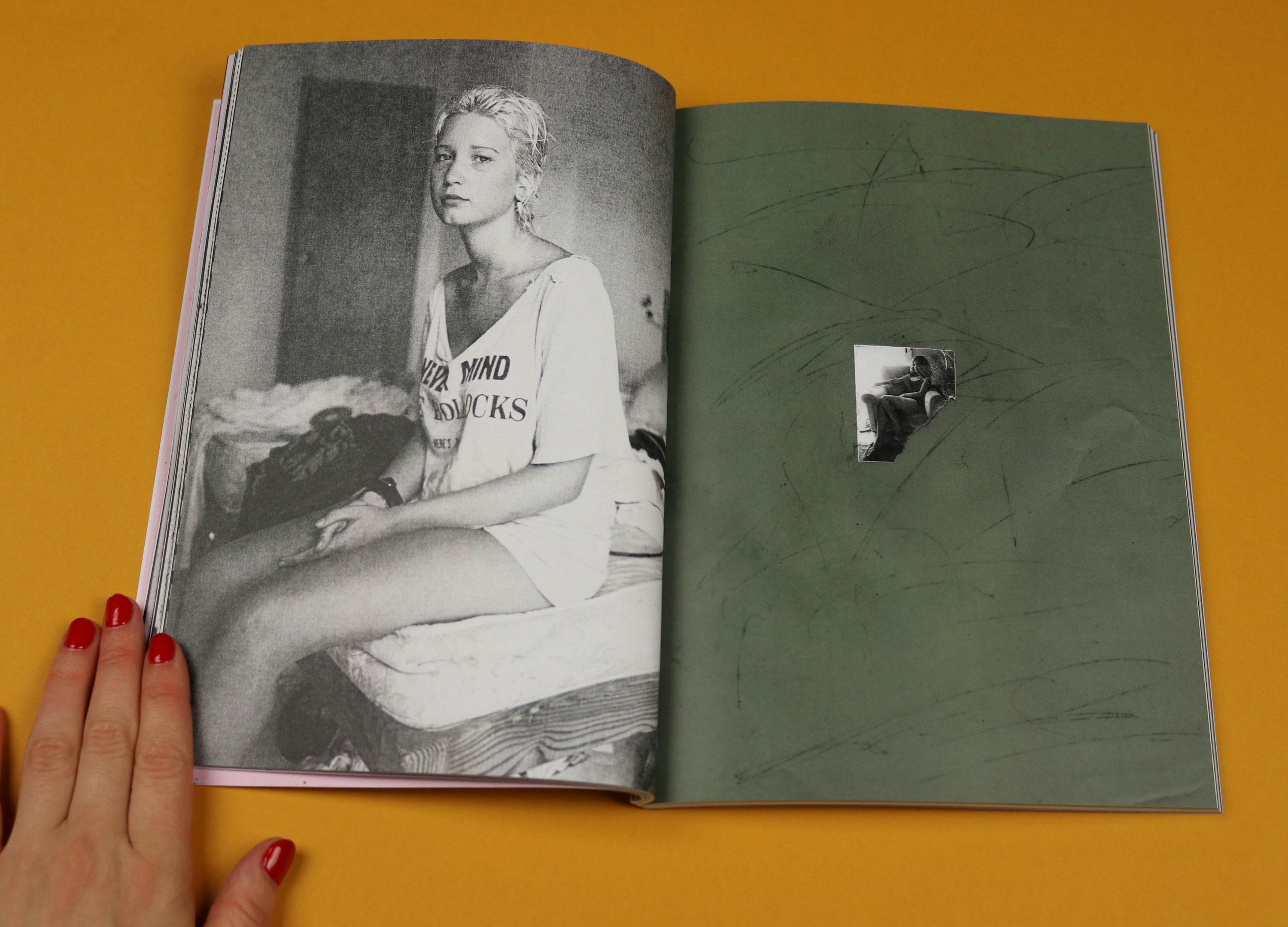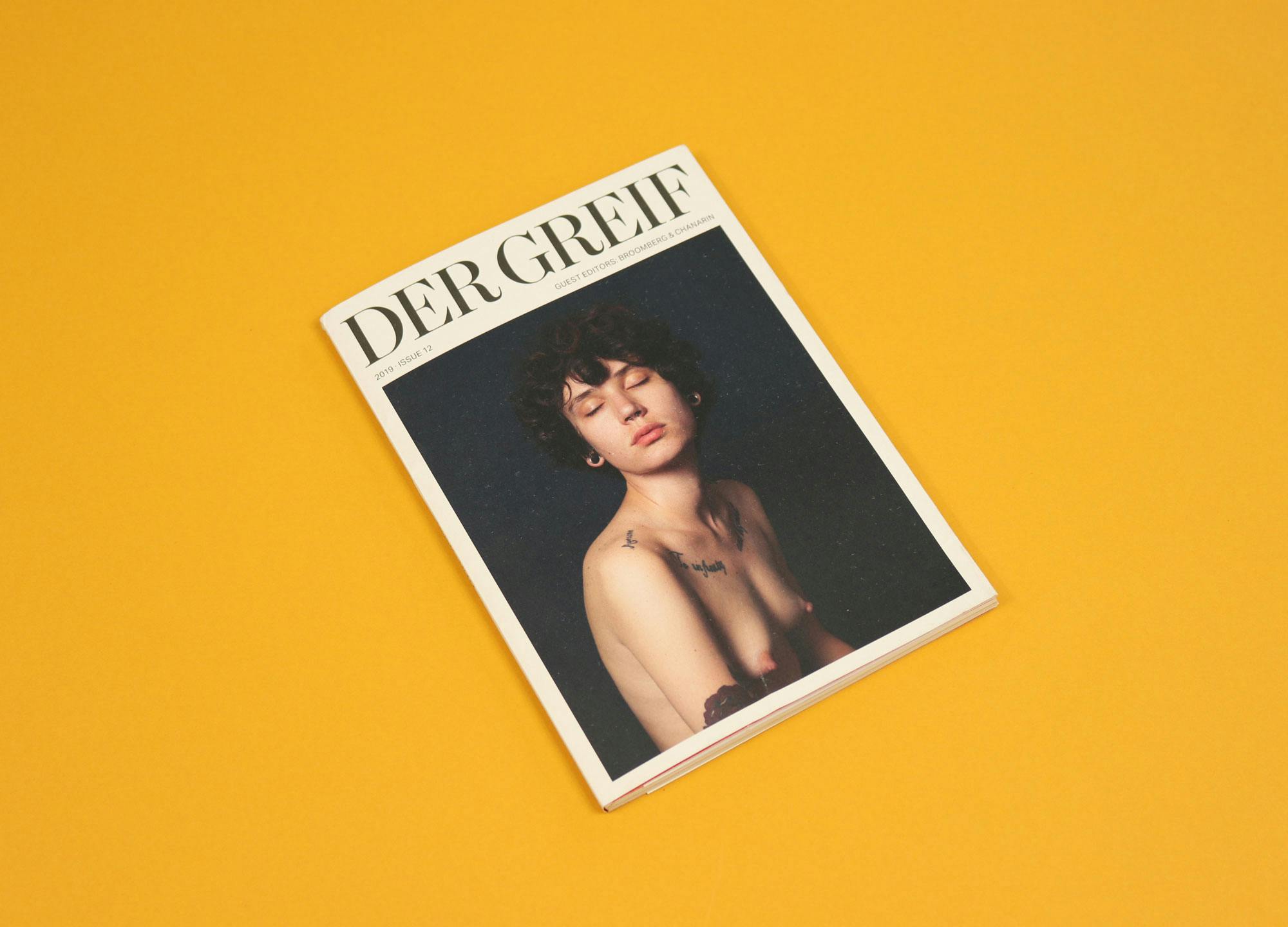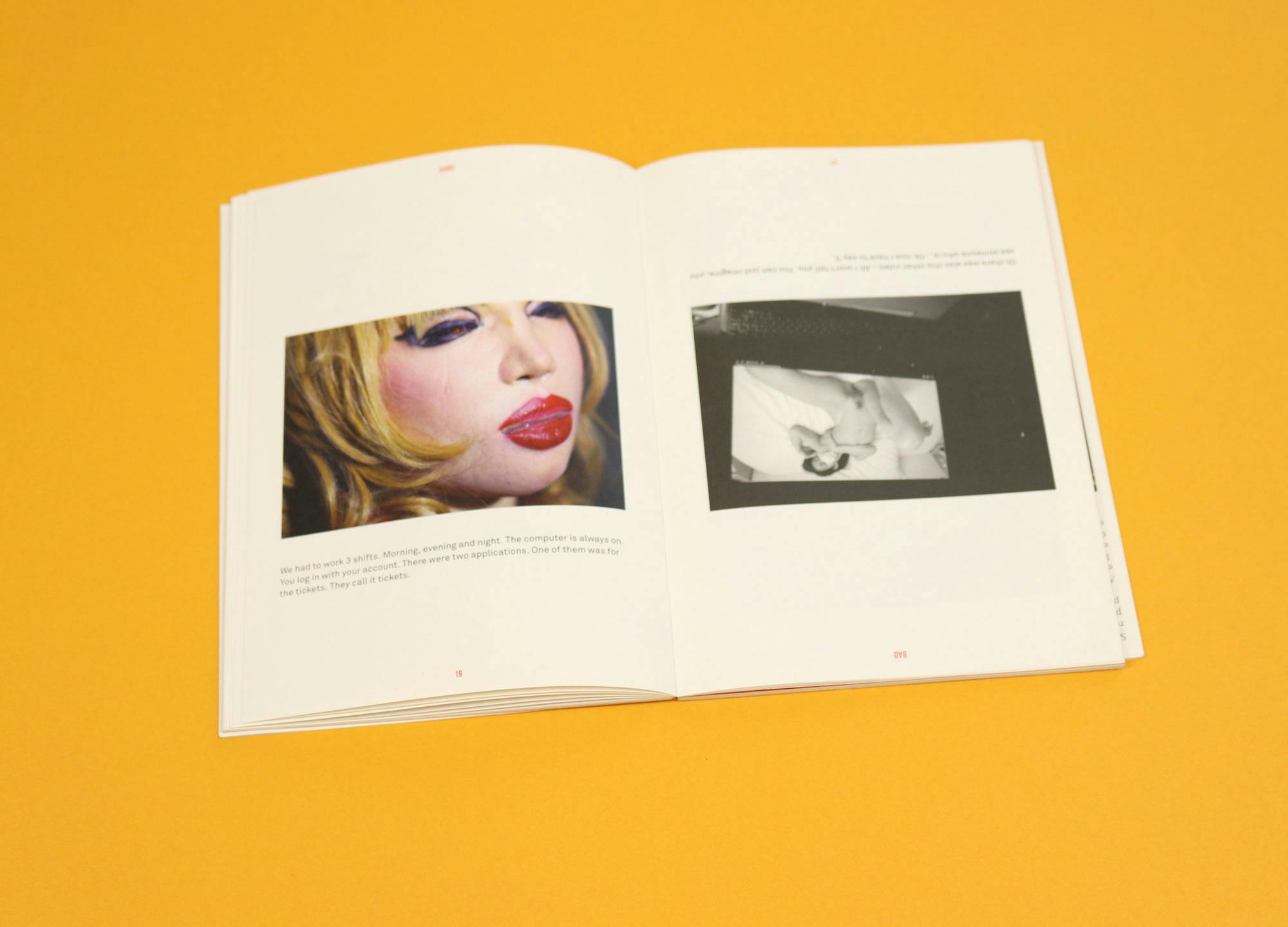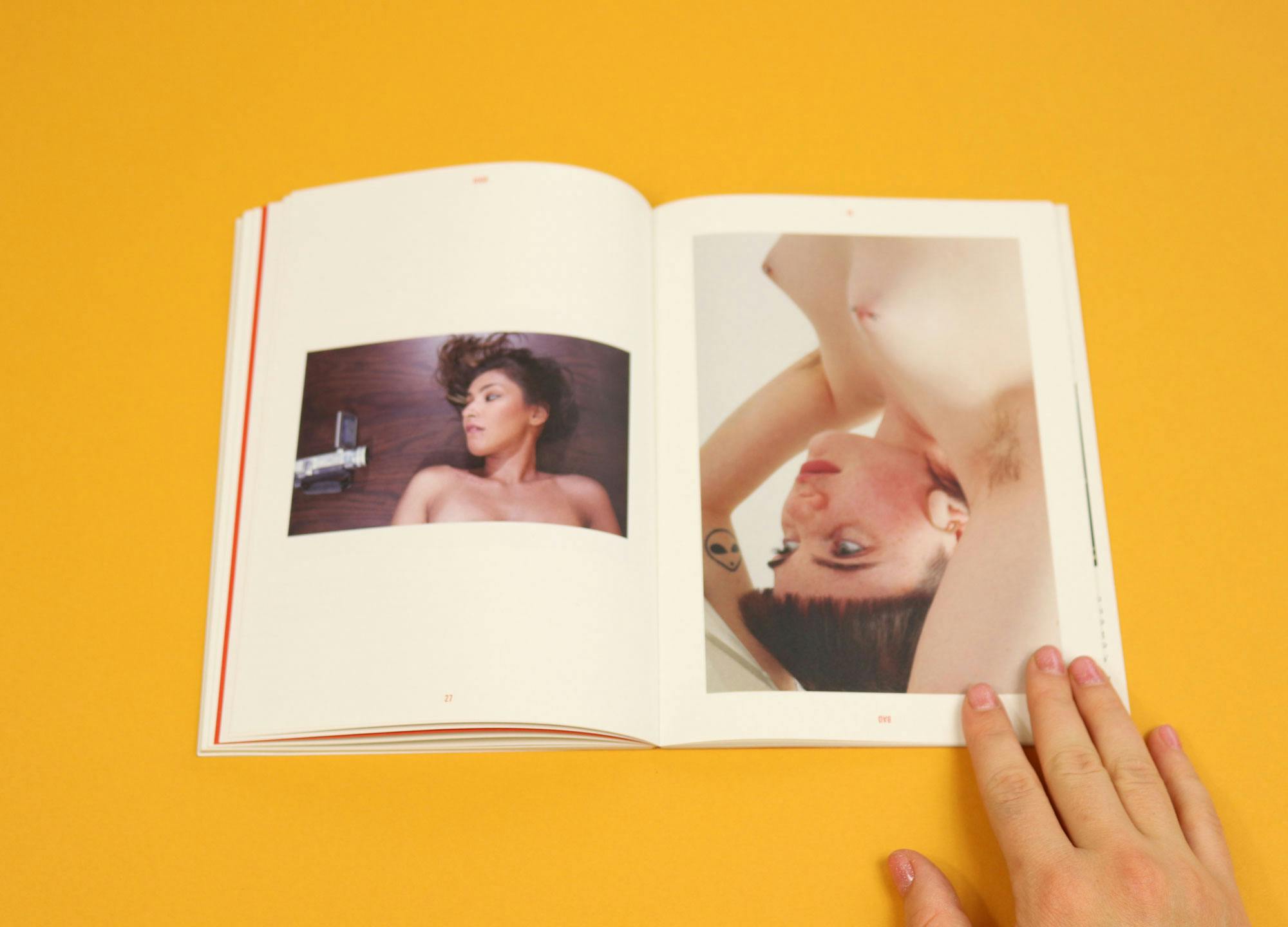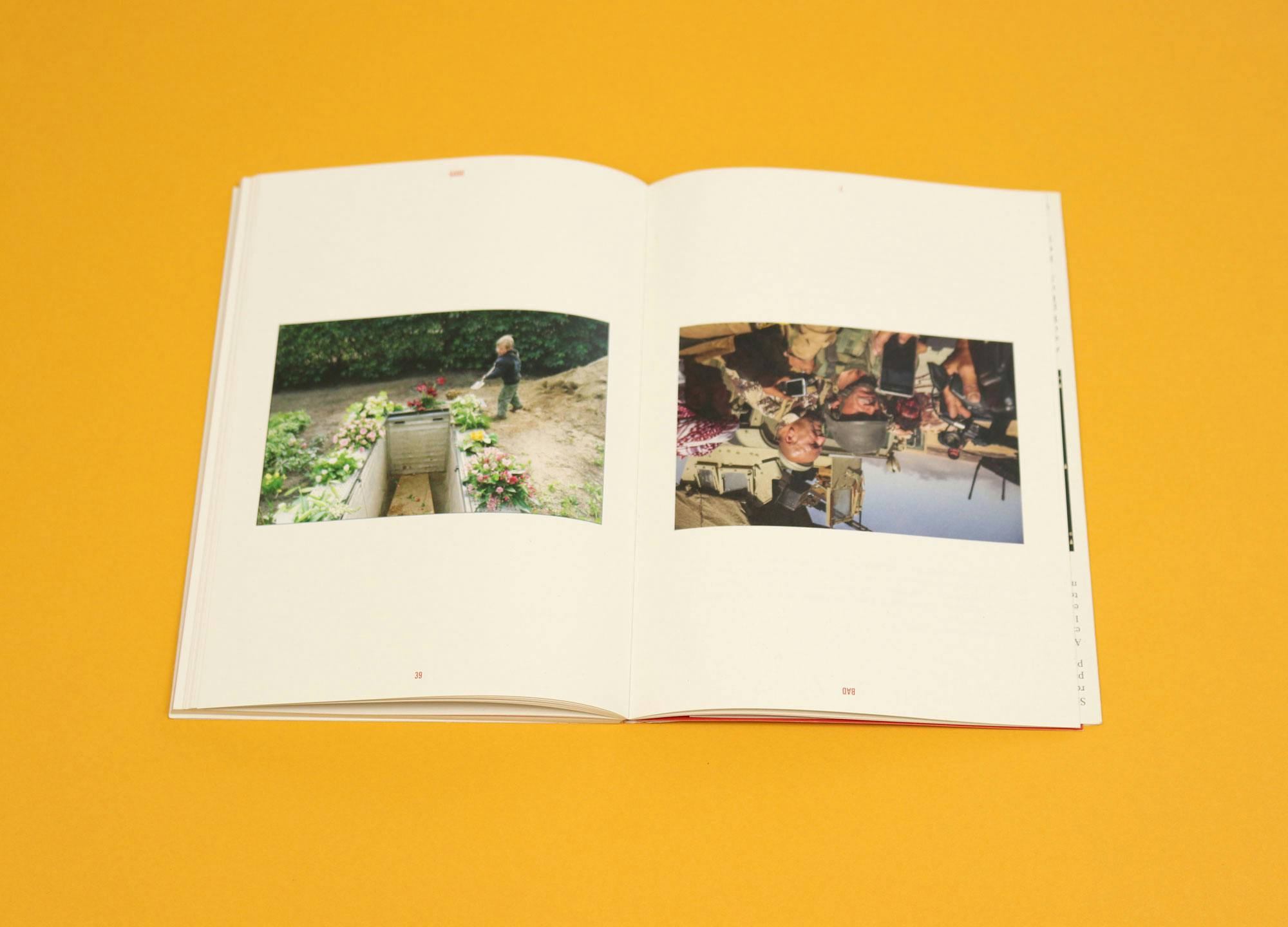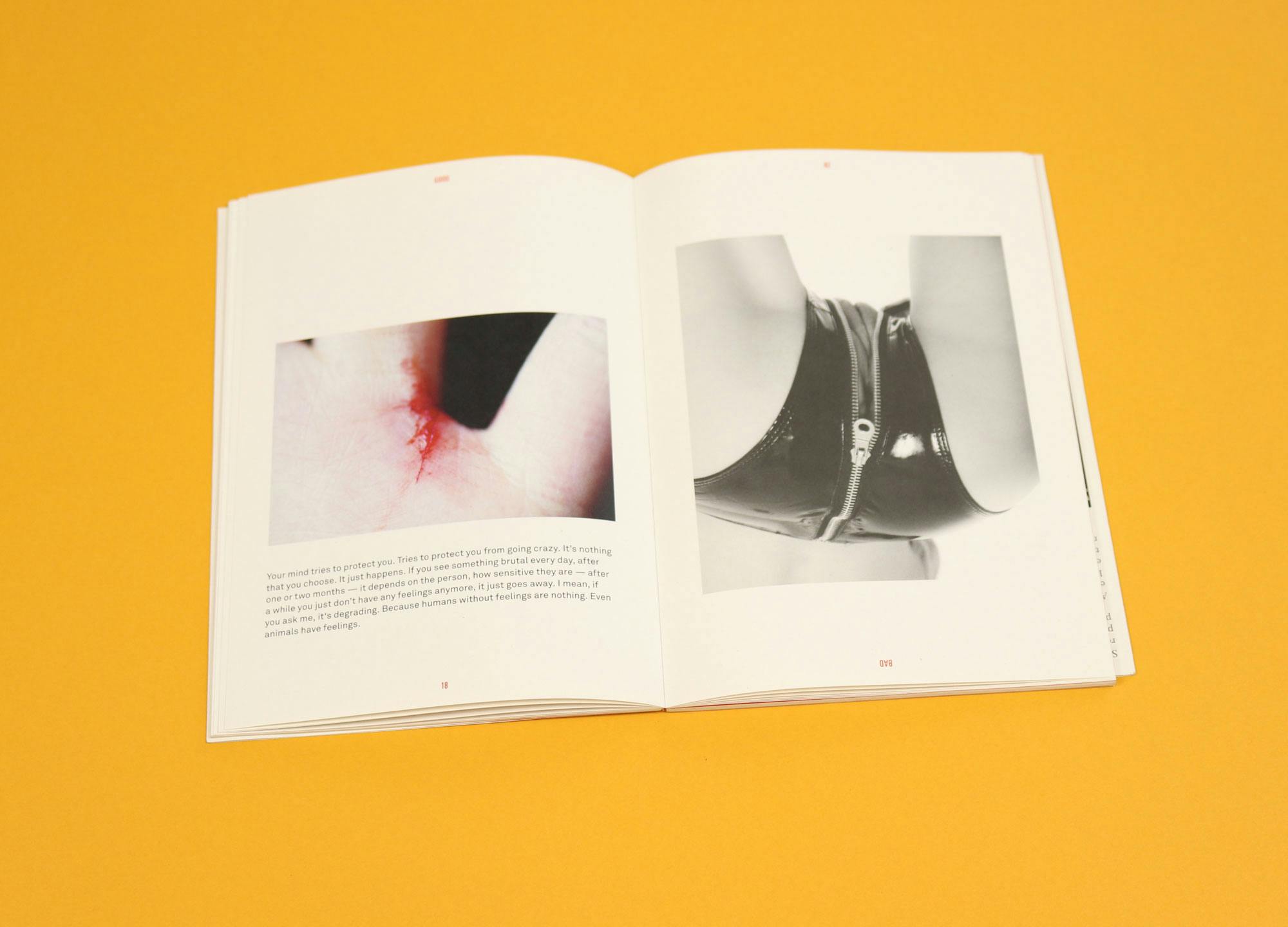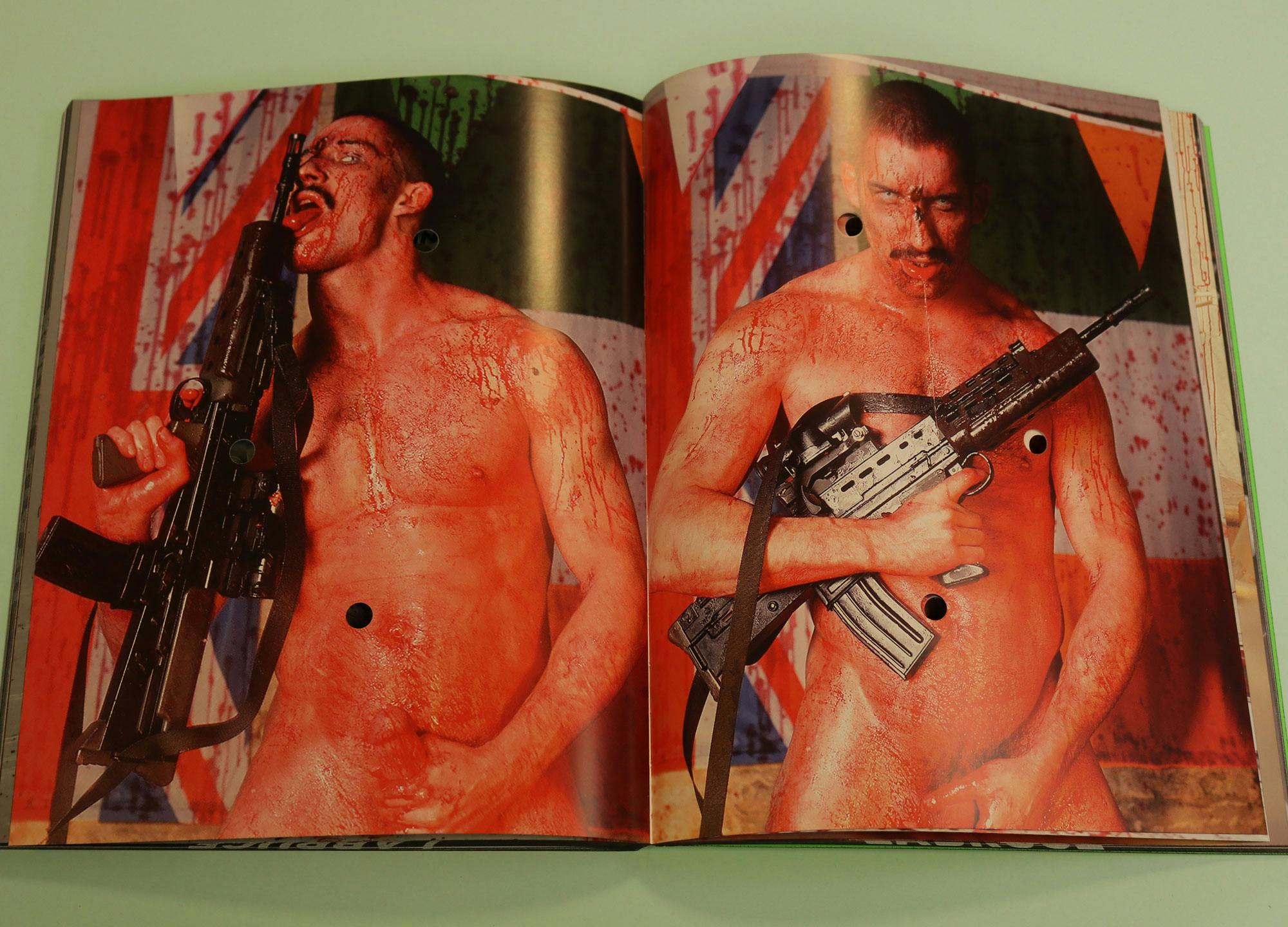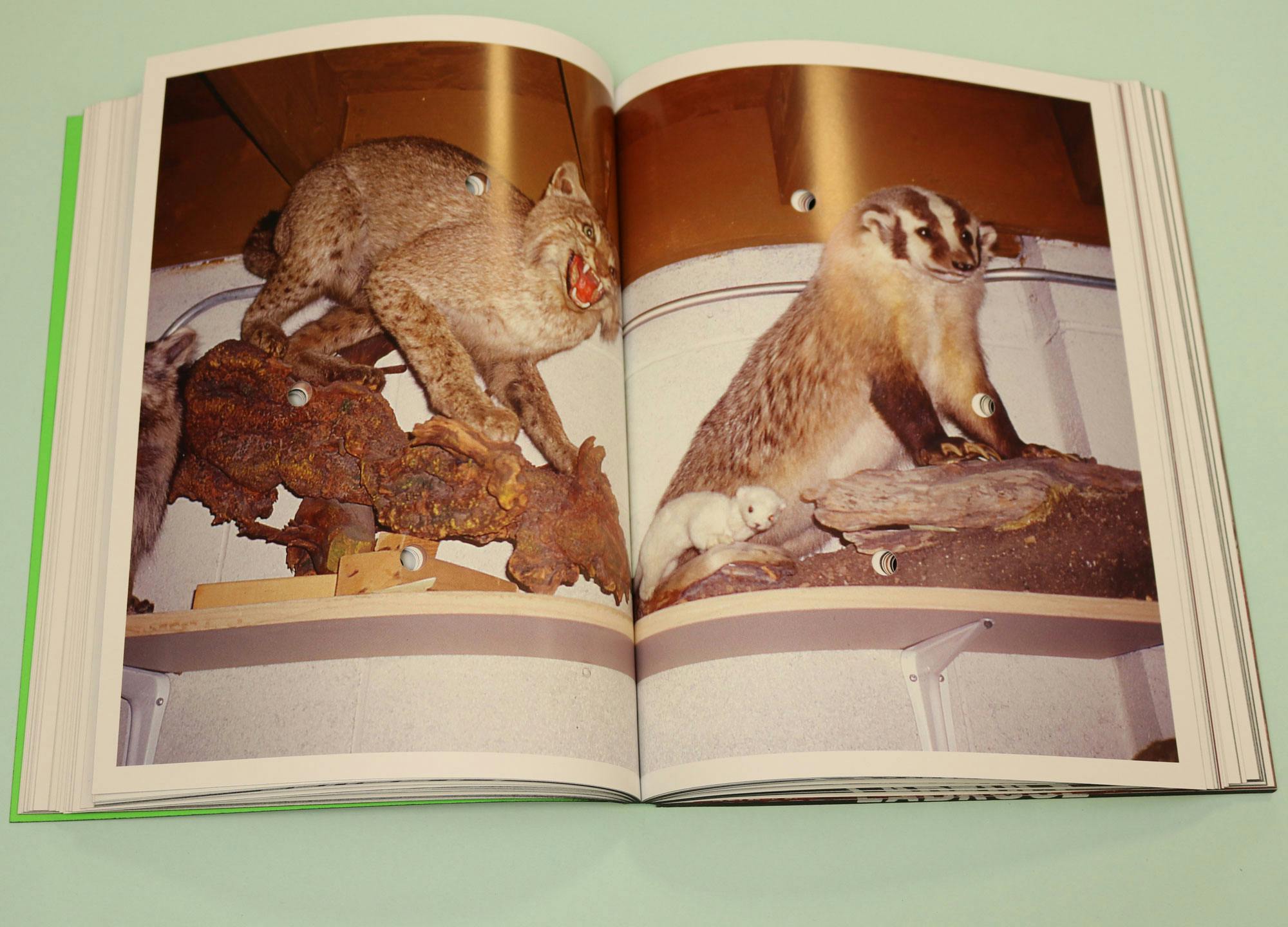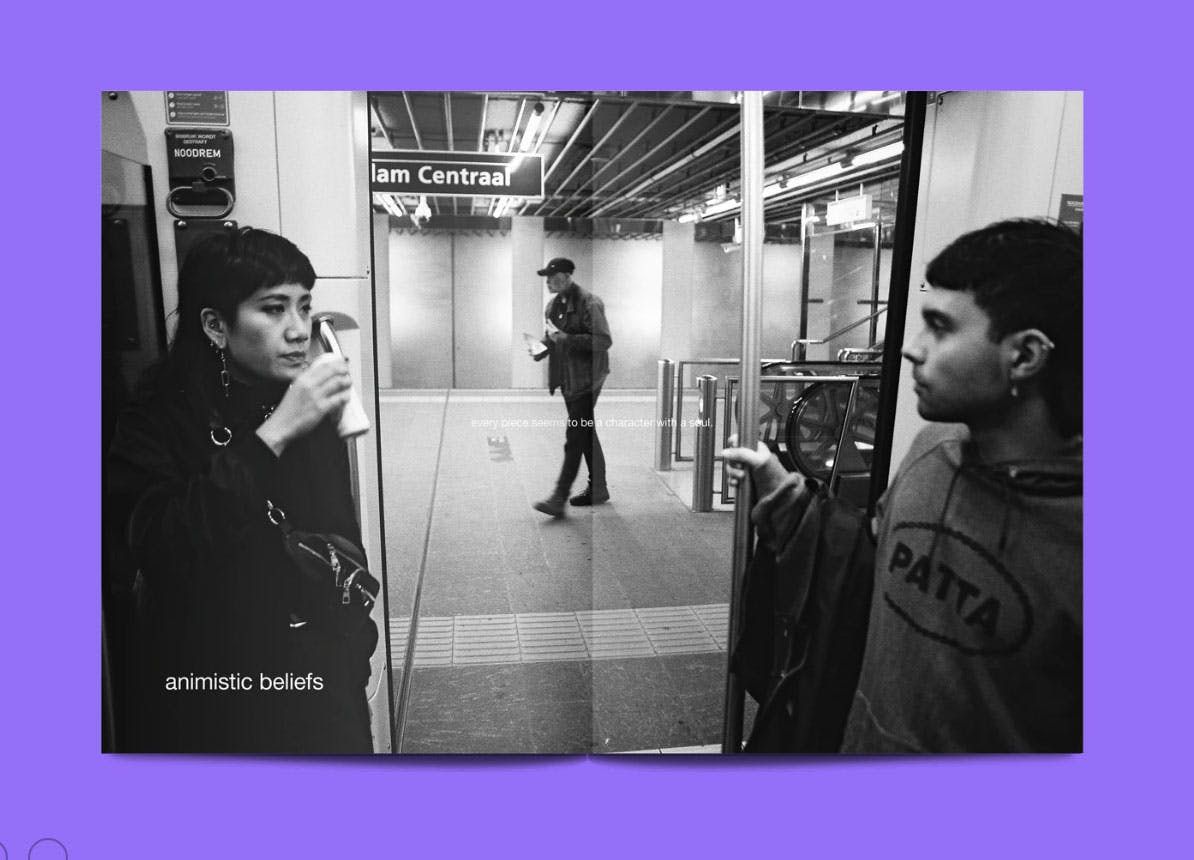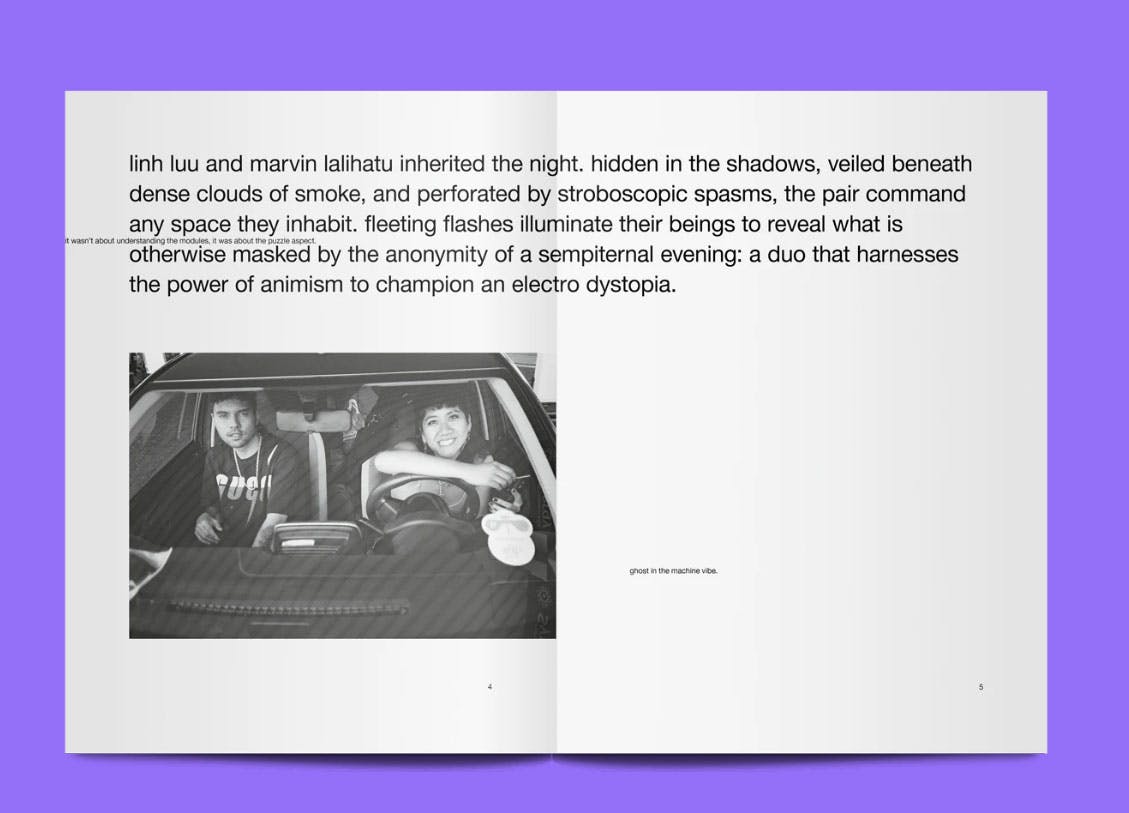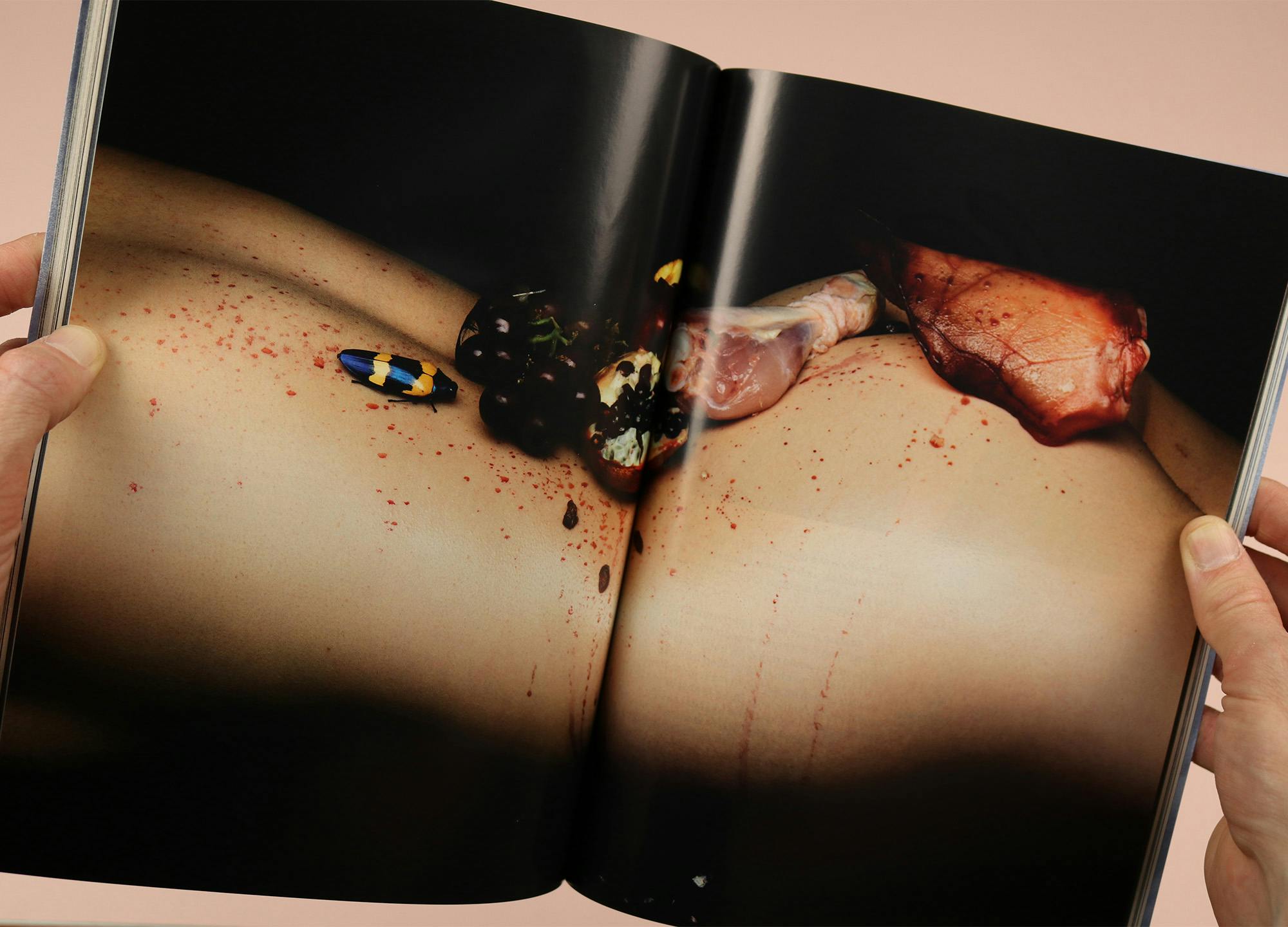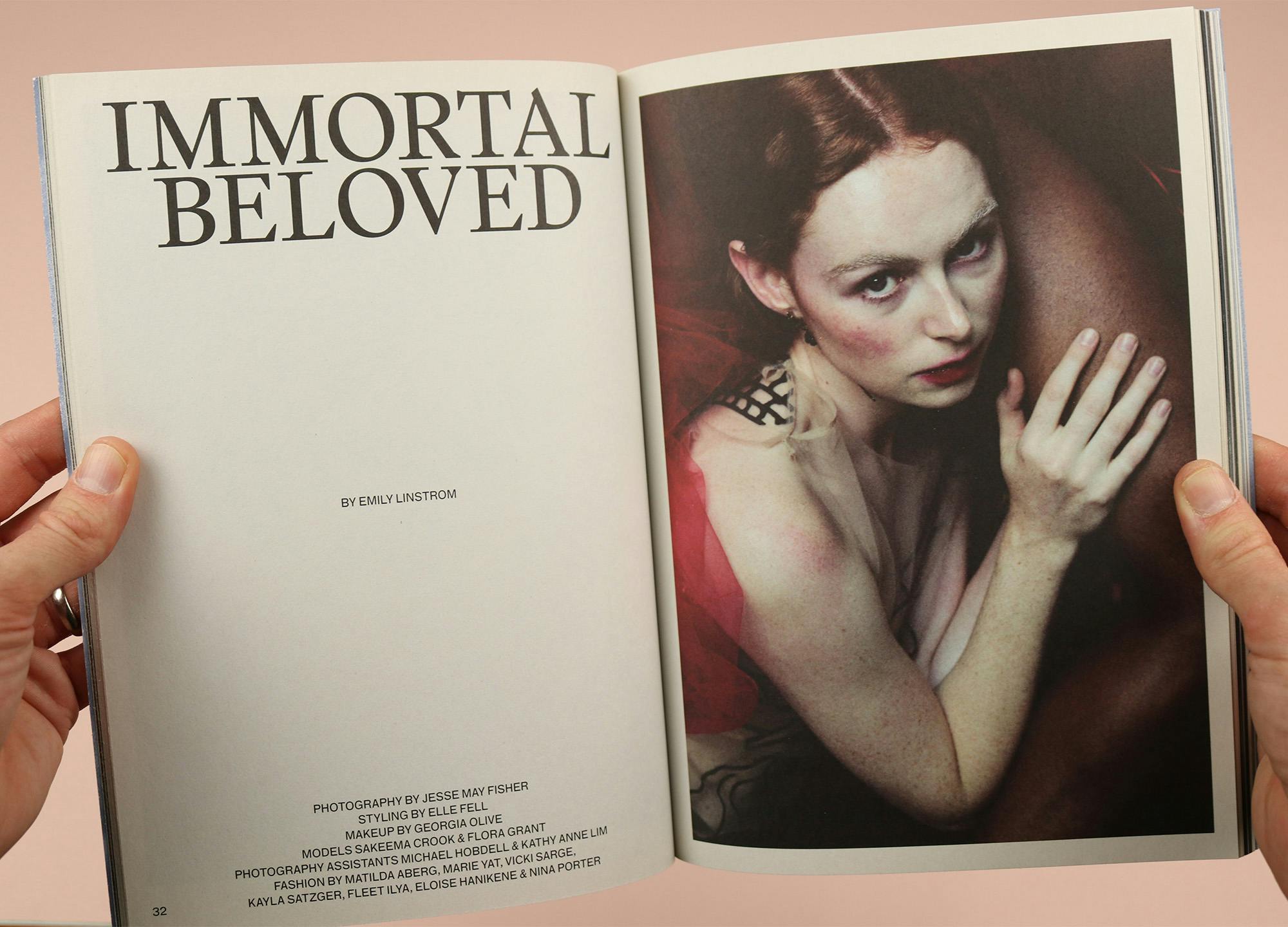Gory, bloody, shockingly explicit
Looking at something horrific on the screen, or on the page, allows you to confront real-life terrors in a controlled environment. Author David Konow quotes the ‘Psycho’ screenwriter Joseph Stefano in his book ‘Reel Terror’: “Fear is something we must feel… When you’re watching ‘Psycho’, you don’t think about the real things that are frightening you. You’re allowing yourself to be frightened by fantasy, and that’s more bearable.”
Over the course of this especially frightening year, horror has been cropping up more than usual in independent magazines. Cura, Synchron, and Baron have all released issues which are extremely dark, and, in the case of Baron, deeply challenging. But darkness has long been a theme in independent magazines. Perhaps this is because pages don’t necessarily have to be palatable to a mainstream audience, and aren’t mediated by a publisher or external editors, and so there is scope and freedom for the words and images to be more horrifying.
Below, we’ve rounded up a crop of new issues that are especially bloody and thrilling, as well as all-time Stack favourites that we like to think of as the Dark Classics of the Independent Magazine Scene.
Cura is an experimental arts title with an eye for gore. Themed ‘The Changing World’, issue 35 is about the future, which, on these pages, looks fabulously bleak. The cover shows midtown Manhattan, but not as you know it; the ice-caps have melted and the ocean has flooded the city, so everyone is dead. There is also a series of photographs of dead animals: rodent genitals, teeth, bloody beaks. This is the magazine to open if you want to get up close and personal with impending doom. Themes of issue 36 include alienation, confinement, and disease. Yum.
The idea behind Rotten is to showcase photography in a way that isn’t academic or exclusionary. In issue two, we see images from Gareth McConnell’s ‘Sex Drugs + Magick’ series — of young visitors to Ibiza, the morning after — accompanied by comments from pillreports.net, a global database of ecstasy pills based on both subjective user reports and scientific analysis. Highlights from the debut issue include photographs of sex workers by Joseph Gordon, taken when Gordon went to a brothel with his father. What’s intriguing about Rotten is that while it is eye-wateringly explicit, and often very dark, the content never feels gratuitous. That’s partly down to the personal stories that thread through the editorial. Issue one, for example, was inspired by co-editor Joel Seawright’s refreshingly sincere exploration of his complex relationship with his own father.
The twelfth issue of photography magazine Der Greif is guest-edited by Bloomberg & Chanarin. The artist duo sent a call-out for images that are “are too private, too quiet, too violent, too political, too subversive or too explicit to share online”, and employed the services of a disgruntled former Facebook content moderator to help them sift through submissions. We sent the issue out on Stack in 2019, and it was the first time we’ve ever had to warn subscribers about what they were getting before it arrived. Some images are deeply challenging; one photograph that has stayed with me shows a small child digging a grave. Others are weirdly inoffensive: a badly made-up face; a disembodied hand scooping the flesh of a melon. You may find yourself turning pages with only one eye open, but this issue is fascinating in the way it interrogates what the internet deems unseeable, and why.
Buy Der Greif in the Stack shop

Made between Beijing and Shanghai, Monday Off’s latest issue is themed ‘Medical Cosmetology’, inspired by the plastic surgery clinics that have popped up on almost every street corner in Shanghai in recent years. This is a deliciously bloody look at the impulse to carve up your own face: expect gruesome before and after pictures, and a story about a sculpture student who now spends most of his life practising surgery on goats.
Buy Monday Off in the Stack shop
Baron
The Death Book, from sex magazine Baron, explores photography’s relationship to death. This edition is by the legendary gay director Bruce LaBruce, who uses gore and horror to confront sexual and social anxieties. Many of the photographs in the book were taken at LaBruce’s gallery openings, in which he often recreates scenes of terrorist abduction and torture, inviting visitors to ritualistically drench themselves in fake blood in order to “experience difficult feelings in a controlled environment.” The work in here is extraordinary and deeply challenging: in old school gay tradition, LaBruce’s images sexualise oppressive authoritarian figures, like cops, or sailors, or army officers. We see naked skinheads, covered in blood, licking their guns.
Buy Death Book in the Stack shop

Synchron is a magazine about fiction and contemporary art which includes a lot of bubble writing, which appears to be made out of human skin. In an interview for an upcoming episode of the Stack podcast, editor Lea Dyer explained that the magazine’s typography is inspired by the jagged, organic shapes of lakes and rivers. Dyer spent much of last year in her bedroom, flying round the world on Google Earth, taking inspiration from natural forms, which she then transposed into gruesome scraps of skin. While the magazine is not deliberately horror-focused, the material in Synchron is dark because it reflects “the sort of stuff people are thinking about at the moment”. The first issue features ceramics embedded with human teeth, and a short story about an actress bitten to death in her bed by a snake. The next issue will be about death and ghosts and mysticism.
Buy Synchron in the Stack shop
Issue five of the electronic music magazine is themed ‘Dark side’. The topic is explored literally, in terms of the straightforward absence of light on dancefloors, and more metaphorically; one fascinating example is an interview with the Tunisian producer and DJ Deena Abdelwahed, who talks about the way the ‘darkness’ ascribed to her music in the West arises from cultural dissonance, noting that in the Arab world her music is perceived very differently because people understand the references she uses and their significance, whether critical, political or dramatic. Aesthetics across all issues are fantastically murky; Borshch have developed a unique visual language of abandonment and escape through music. The latest issue, ‘Coming Home’, explores the feeling of “vulnerability, fragmentation of time, space and memory, lack of solid ground”.
Suspira is no longer publishing (it was always intended as a three-issue project, a “triumvirate of horror”), but we absolutely had to include it on this list because it is the Dark Lord of spooky mags. Made by some of the same team as modern-day witch magazine, Sabat, Suspira looks at horror films through a feminist lens. Blood-lust for Tilda Swinton and Sarah Michelle Gellar makes up a healthy proportion of its exquisite final issue, which is all about vampires, and there’s an unforgettable feature about cannibalism. But my favourite issue is number 2, themed ‘Fetish’, featuring kink, a latex-feel cover, and orgies ‘with the dead’.

